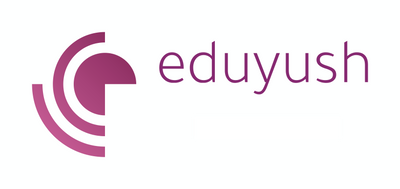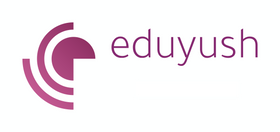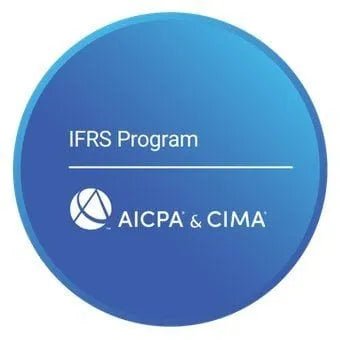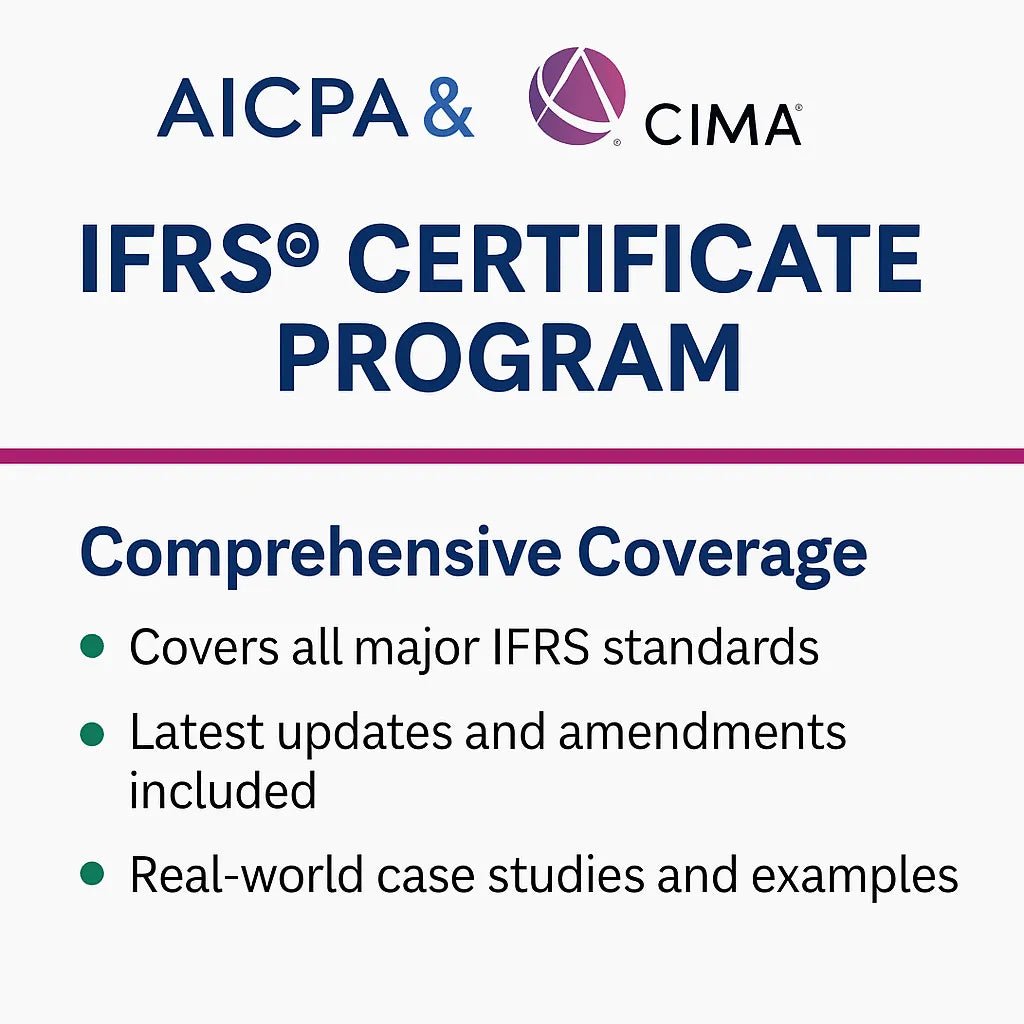5 SBL Professional Skills Mistakes Costing Marks
5 SBL Professional Skills Mistakes Costing Marks
Professional skills account for 20 marks in every ACCA SBL exam, representing 20% of your total score. These marks frequently determine pass or fail outcomes, yet students make predictable mistakes that cost them these crucial points.
Understanding SBL Professional Skills Assessment
SBL tests five professional skills: communication, commercial acumen, analysis, scepticism, and evaluation. Each skill appears once per exam, worth four marks, but professional competency also influences technical marks throughout the examination.
Unlike technical knowledge focused on correct answers, professional skills assess your ability to demonstrate workplace-level capabilities that senior business advisors must possess in real organizational settings.
Understanding [how SBL differs from other ACCA exams](link to blog 4) explains why these professional skills carry such significant weight in strategic-level assessment.
SBL Professional Skills Mistake 1: Treating Communication as Academic Writing
The Mistake
Many students believe communication marks depend on sophisticated vocabulary, complex sentence structures, or academic writing style. They write lengthy, theoretical explanations that use technical jargon inappropriate for business audiences.
Examiner reports reveal students often fail communication requirements because they write like students demonstrating knowledge to examiners rather than professionals advising senior management on practical business matters.
Professional Skills Example: Wrong Communication Approach
"The utilization of advanced strategic frameworks facilitates comprehensive organizational analysis through systematic evaluation of competitive positioning dynamics and stakeholder relationship optimization methodologies."
This example demonstrates academic language that confuses rather than clarifies business issues. Board members require clear, actionable advice for informed decision-making, rather than theoretical dissertations on business concepts.
Professional Skills Example: Effective Communication Approach
"The company should analyze its competitive position using practical strategic tools that identify specific strengths and weaknesses compared to its main competitors. This analysis will help the board make informed decisions about resource allocation and strategic priorities."
This example employs clear, professional business language that facilitates the recipient's understanding of the situation and the required actions.
The Communication Solution
Write in clear, professional business language appropriate for your intended audience. Use a logical structure with helpful headings, focus on the practical implications that aid decision-making, and ensure your communication helps recipients understand the issues and take informed action.
Practice different communication formats, as SBL tests, reports, emails, briefing notes, and presentations, each of which requires a distinct approach, tone, and structural element.
Detailed guidance on [professional report writing for SBL](link to blog 1) covers communication skills extensively with practical examples and templates.
SBL Professional Skills Mistake 2: Misunderstanding Scepticism Requirements
The Mistake
Students often confuse professional scepticism with asking literal questions or being inappropriately aggressive in challenging proposals. Many ask rhetorical questions, such as "Don't you think this is inappropriate?" rather than providing reasoned, professional challenges based on evidence and sound business judgment.
Other students avoid scepticism entirely, agreeing with all proposals presented rather than exercising critical professional judgment about their appropriateness, feasibility, or potential effectiveness.
Professional Skills Example: Poor Scepticism Approach
"Why do you think increasing directors' salaries to commercial levels is appropriate for a charity? Don't you believe donors will react negatively to this decision? How can you justify this expense when resources should go to the mission?"
This example demonstrates a questioning style that comes across as unprofessional and fails to offer constructive business analysis or alternative perspectives.
Professional Skills Example: Effective Scepticism Approach
"Increasing executive salaries to commercial sector levels may be inappropriate for HP because charity stakeholders expect resources to be directed toward organizational mission fulfillment rather than executive compensation. Donors may view high executive pay as misalignment with charitable objectives, potentially reducing donor confidence and affecting future fundraising effectiveness."
This approach provides a reasoned professional challenge supported by evidence and logical business analysis.
The Scepticism Solution
Demonstrate professional scepticism through reasoned challenges supported by evidence and analysis. Question assumptions, examine proposals critically, and provide alternative perspectives based on professional judgment rather than asking literal questions or making unsupported criticisms.
Challenge proposals by explaining potential risks, unintended consequences, implementation challenges, or better alternative approaches rather than simply expressing doubt about their effectiveness.
SBL Professional Skills Mistake 3: Superficial Analysis Without Business Insight
The Mistake
Many students provide descriptive observations without exploring underlying causes, implications, or strategic significance for business performance. They note what happened without explaining why it matters for organizational decision-making or future success.
Examiner reports highlight that weak analysis typically involves reproducing exhibit information without deriving meaningful insights that help organizational leaders better understand their business situation.
Professional Skills Example: Poor Analysis Approach
"Stowater's visitor numbers decreased from 45,000 to 42,000 while Thruworth's increased from 38,000 to 41,000. Employee satisfaction at Stowater was 3.2 compared to 4.1 at Thruworth. Maintenance costs also differed between sites."
This example restates numerical data without providing analytical insight about what these changes mean for business performance or why they occurred.
Professional Skills Example: Effective Analysis Approach
"The decline in Stowater's visitor numbers coinciding with falling employee satisfaction suggests operational management issues affecting visitor experience quality. Lower employee morale typically impacts customer service standards, creating negative visitor experiences that reduce repeat visits and word-of-mouth recommendations. Conversely, Thruworth's improving performance metrics indicate better management practices that HP should investigate and potentially replicate across other sites."
This analysis connects different information pieces to identify underlying patterns and business implications.
The Analysis Solution
Always explain the strategic significance of observations and their implications for business performance and competitive position. Connect different pieces of information to identify underlying patterns, root causes, and systemic issues that inform management decision-making.
Focus on insights that help management understand their business situation comprehensively and identify specific actions needed to improve performance or address emerging challenges.
SBL Professional Skills Mistake 4: Limited Commercial Acumen Application
The Mistake
Students often overlook broader business implications when making recommendations, failing to consider the impacts on stakeholders, cost implications, implementation feasibility, and practical constraints that affect commercial viability and organizational success.
Many recommendations demonstrate solid technical understanding but lack commercial sensibility about what is realistic, appropriate, or achievable for the specific organizational context and resource environment.
Professional Skills Example: Poor Commercial Acumen
"HP should implement comprehensive digital marketing systems and hire specialist marketing staff to improve online presence and attract younger supporter demographics to increase donation revenue."
This recommendation overlooks HP's charitable nature, likely budget constraints, and its volunteer-based operational model, as well as whether such commercial marketing investment aligns with stakeholder expectations and organizational priorities.
Professional Skills Example: Effective Commercial Acumen
"HP should leverage low-cost social media platforms and enthusiastic volunteers to create authentic content about heritage conservation activities, recognizing that younger supporters often respond better to genuine passion for historical preservation than aggressive marketing campaigns. This approach aligns with HP's charitable mission while working within typical sector budget constraints and volunteer resource availability."
This recommendation considers commercial realities while offering practical and achievable solutions.
The Commercial Acumen Solution
Consider commercial realities, including budget constraints, stakeholder expectations, implementation feasibility, resource availability, and alignment with organizational objectives, when developing recommendations and strategic advice.
Demonstrate awareness of broader business factors that affect decision-making success rather than focusing narrowly on immediate technical solutions without considering practical implementation challenges.
Professional Skills Mistake 5: Unbalanced Evaluation Approaches
The Mistake
Many students provide one-sided analyses that advocate for predetermined conclusions rather than balanced, professional evaluations that weigh multiple factors objectively to reach sound business judgments.
Evaluation mistakes include focusing only on benefits without considering implementation risks, or concentrating on problems without acknowledging potential advantages and opportunities that proposals might offer.
Professional Skills Example: Poor Evaluation Approach
"The proposed investment should definitely be rejected because it involves significant financial risks and operational uncertainties that could damage HP's long-term financial position and organizational stability."
This example illustrates a biased evaluation that overlooks potential benefits and fails to consider different factors in a balanced manner, thereby hindering informed decision-making.
Professional Skills Example: Effective Evaluation Approach
"The proposed investment offers potential for increased revenue generation and enhanced visitor engagement, but involves significant upfront financial costs and operational implementation risks. The projected 18-month payback period appears reasonable, given HP's current financial position; however, implementation success depends heavily on effective marketing execution and comprehensive staff training. Board approval should depend on securing adequate funding reserves and developing detailed implementation plans to mitigate identified operational and financial risks."
This provides a balanced analysis acknowledging both opportunities and challenges.
The Evaluation Solution
Present a balanced analysis that acknowledges both advantages and disadvantages of proposals or business situations. Use professional judgment to weigh different factors appropriately and provide recommendations based on objective assessment rather than personal preference or incomplete analysis.
Consider multiple stakeholder perspectives, including both short-term and long-term implications, resource requirements, implementation challenges, and the probability of success when evaluating business options.
Professional Skills Development Strategy
Professional skills competency requires understanding business communication conventions, stakeholder management principles, strategic thinking approaches, and practical judgment that extends beyond technical accounting knowledge into broader business leadership.
The SBL online coaching program specifically focuses on developing these professional capabilities through realistic case study practice and expert feedback on communication effectiveness.
Understanding [why most SBL candidates fail](link to blog 2) shows how professional skills integrate with technical content and affect overall examination performance.
Building Professional Competency Through Practice
Effective professional skills development requires exposure to realistic business scenarios and feedback on the effectiveness of professional communication. Academic study alone cannot develop the practical business judgment that SBL professional skills assessment requires.
Study comprehensive examples and detailed guidance through ACCA SBL books that demonstrate professional communication standards and business advisory approaches expected at strategic organizational levels.
Regular review of SBL technical articles helps understand how professional skills integrate with technical content across different business contexts and complex organizational challenges.
The Strategic Level Professional Difference
Understanding what SBL actually measures clarifies why professional skills carry such significant weight in this strategic-level examination compared to technical-focused papers.
Professional skills encompass the capabilities required for senior business roles, where technical knowledge must be combined with effective communication, strategic judgment, stakeholder management, and commercial awareness to create organizational value.
Professional Skills Integration with Technical Knowledge
Professional skills marks integrate with technical content rather than being awarded separately for communication style alone. This integration means that poor professional execution can limit technical marks, even when subject knowledge is entirely accurate and comprehensive.
Develop comprehensive preparation strategies through proven SBL success methods and explore intensive approaches for concentrated study periods.
Advanced Professional Skills Practice Techniques
Technique 1: Stakeholder Perspective Analysis
Practice analyzing business situations from multiple stakeholder viewpoints to develop commercial acumen and evaluation skills. Consider how decisions affect employees, customers, investors, suppliers, regulators, and community groups.
Technique 2: Evidence-Based Challenge Development
Build scepticism skills by practicing the identification of assumptions in business proposals and developing reasoned challenges supported by case study evidence and business logic.
Technique 3: Executive Communication Simulation
Develop communication skills by writing business documents tailored to different senior management audiences, practicing an appropriate tone, format, and content depth for each recipient type.
Technique 4: Integrated Business Analysis
Practice connecting financial performance data with operational factors, stakeholder relationships, and strategic implications to build comprehensive analysis capabilities.
Professional Skills Assessment Criteria Understanding
Examiners evaluate professional skills based on demonstrations of workplace-level competency. Assessment focuses on whether answers help business leaders understand issues, make informed decisions, and take appropriate action, rather than merely displaying academic knowledge.
The assessment considers professional communication effectiveness, analytical depth and insight, balanced evaluation approach, appropriate application of scepticism, and sound commercial judgment throughout the technical content presentation.
Long-Term Professional Development Impact
The 20 professional skills marks represent your ability to function effectively as a strategic business leader in senior organizational roles. Mastering these skills through deliberate practice with realistic scenarios ensures both examination success and preparation for business leadership responsibilities.
These professional capabilities extend far beyond examination performance to include career advancement opportunities and effectiveness in strategic business roles that require integrated professional competency and leadership judgment.
Other popular SBL Blogs
1 comment
FAQs
ACCA blogs
Follow these links to help you prepare for the ACCA exams
IFRS blogs
Follow these blogs to stay updated on IFRS
Formats
Use these formats for day to day operations
- Account closure format
- Insurance claim letter format
- Transfer certification application format
- Resignation acceptance letter format
- School leaving certificate format
- Letter of experience insurance
- Insurance cancellation letter format
- format for Thank you email after an interview
- application for teaching job
- ACCA PER examples
- Leave application for office
- Marketing manager cover letter
- Nursing job cover letter
- Leave letter to class teacher
- leave letter in hindi for fever
- Leave letter for stomach pain
- Leave application in hindi
- Relieving letter format
Interview questions
Link for blogs for various interview questions with answers
- Strategic interview questions
- Accounts payable interview questions
- IFRS interview questions
- CA Articleship interview questions
- AML and KYC interview questions
- Accounts receivable interview questions
- GST interview questions
- ESG Interview questions
- IFRS 17 interview questions
- Concentric Advisors interview questions
- Questions to ask at the end of an interview
- Business Analyst interview questions
- Interview outfits for women
- Why should we hire you question
leave application format
- Leave application for office
- Leave application for school
- Leave application for sick leave
- Leave application for marriage
- leave application for personal reasons
- Maternity leave application
- Leave application for sister marriage
- Casual leave application
- Leave application for 2 days
- Leave application for urgent work
- Application for sick leave to school
- One day leave application
- Half day leave application
- Leave application for fever
- Privilege leave
- Leave letter to school due to stomach pain
- How to write leave letter
Insurance blogs
- Sample letter of appeal for reconsideration of insurance claims
- How to increase insurance agent productivity
- UAE unemployment insurance
- Insurance cancellation letter
- Insurance claim letter format
- Insured closing letter formats
- ACORD cancellation form
- Provision for insurance claim
- Cricket insurance claim
- Insurance to protect lawsuits for business owners
- Certificate holder insurance
- does homeowners insurance cover mold
- sample letter asking for homeowner right to repair for insurance
- Does homeowners insurance cover roof leaks













thanks. this is the most comprehensive material i have found on professional skills
Leave a comment